The female Caspian Gull with the Interrex – rings & telemetry logger (tagged by Marcin Sidelnik) has returned to its colony in Kępa Nadbrzeska. Even twice, on February 16, after a long stay in Hungary, she set off for Poland and, on February 20. In the morning, she reached the vicinity of the colony. For almost a week, she visited landfills in the vicinity of Warsaw. Every day another place, on each side of Warsaw. She also stayed twice at Zegrze Reservoir and even reached Rawa Mazowiecka (during the same day Zegrze-Rawa-Zegrze) after which she moved southwards to Ostrava in the Czech Republic on February 28. After a few days near Ostrava, a few days in Goczałkowice Reservoir and at Kuźnica Warężyńska, today she is once again near Warsaw in a direct flight.
The male invariably stays on the lake on the Swiss-Austrian border, about 1000 km in a straight line from his colony.
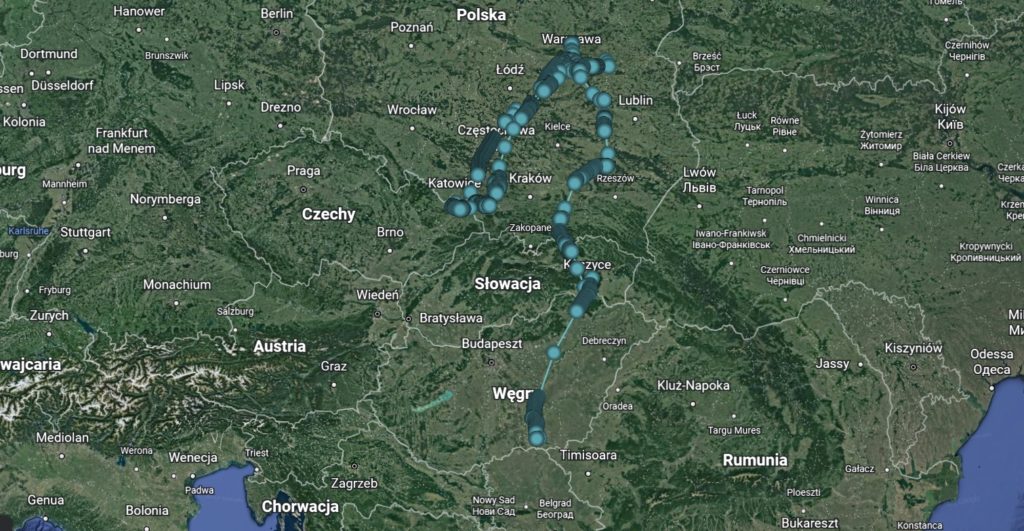

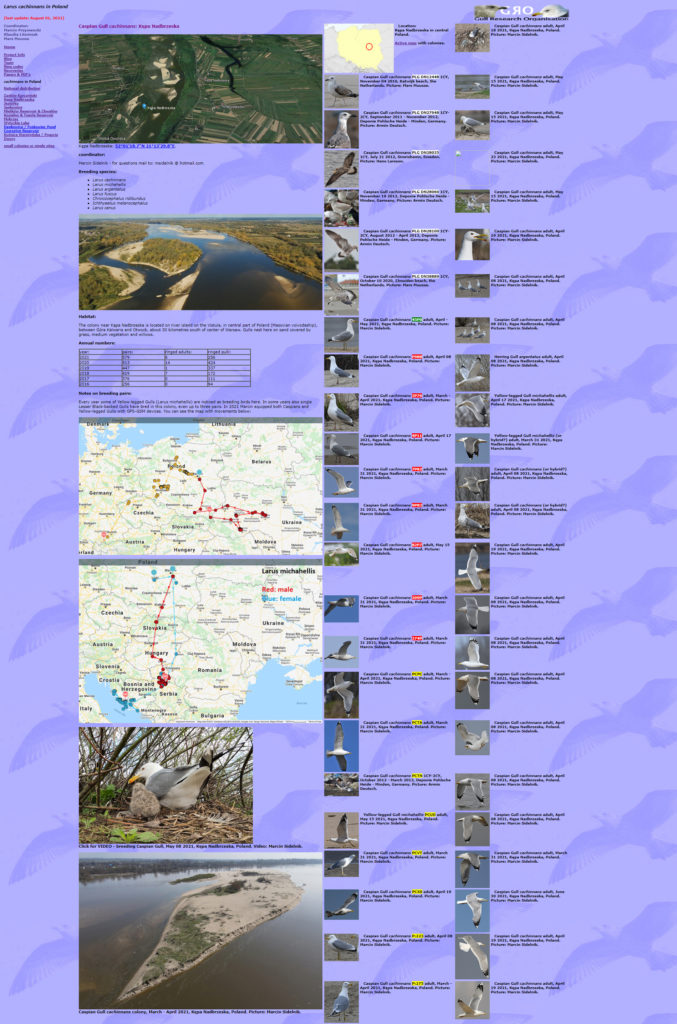
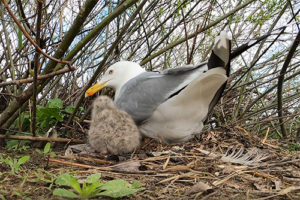
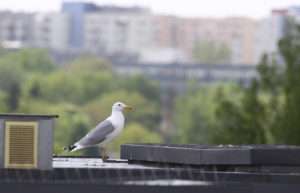
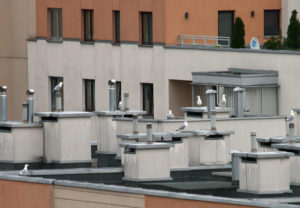
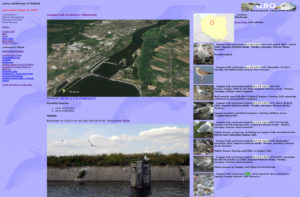 screen dump for location
screen dump for location